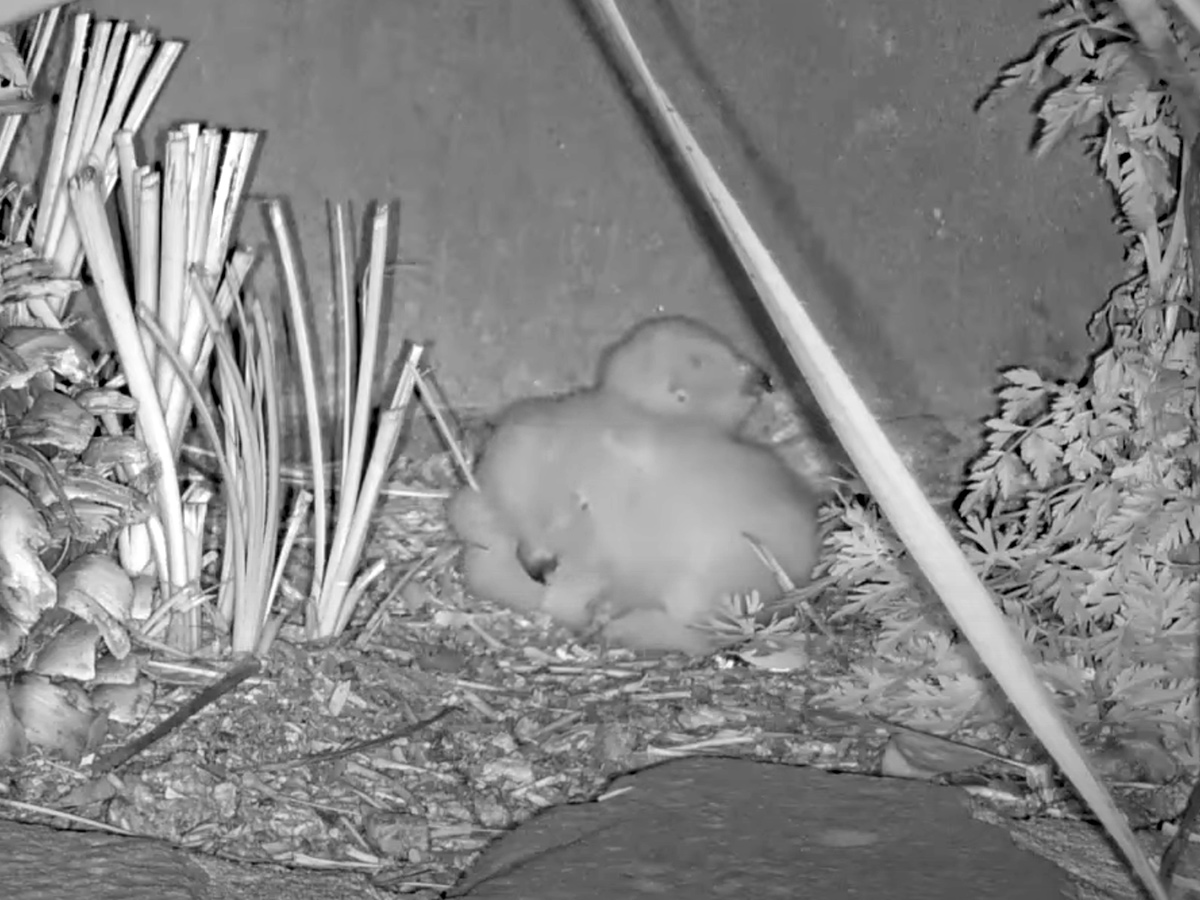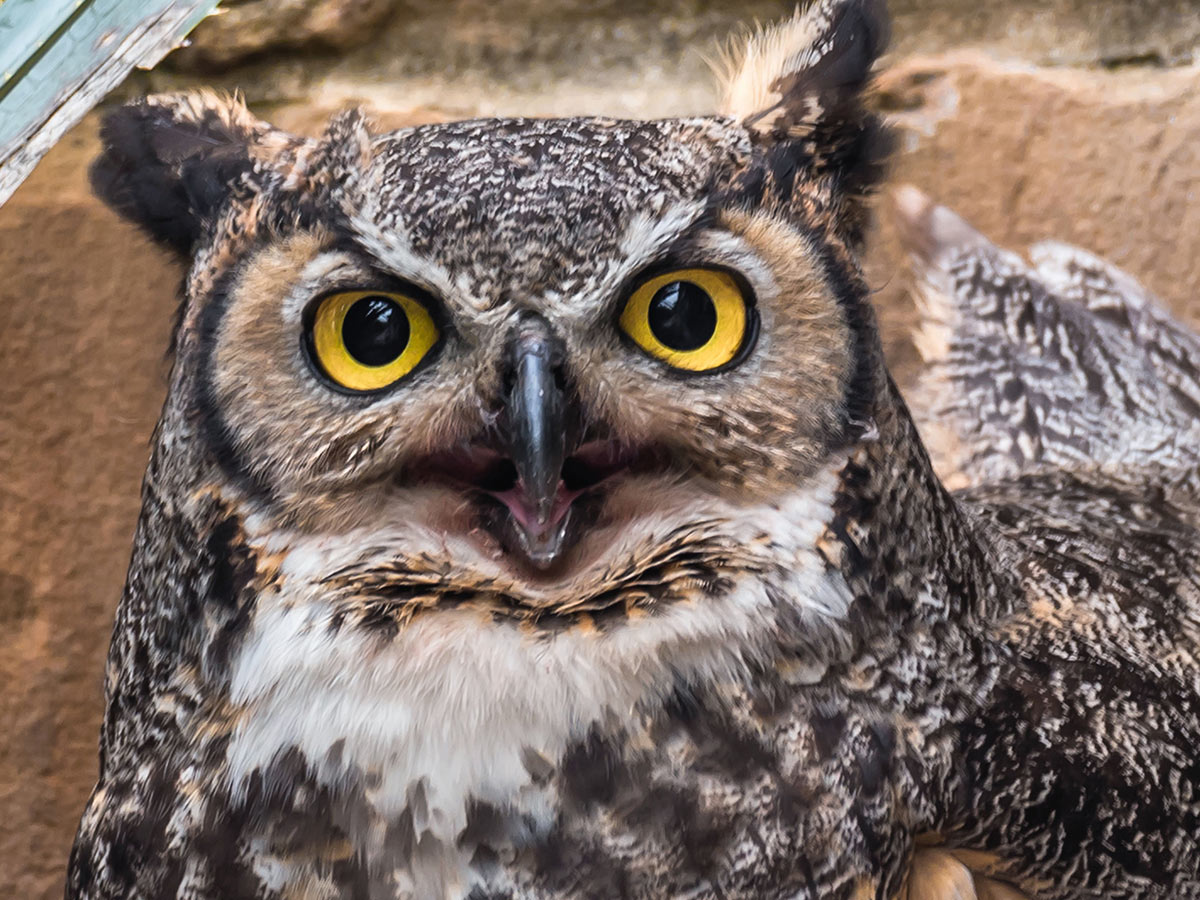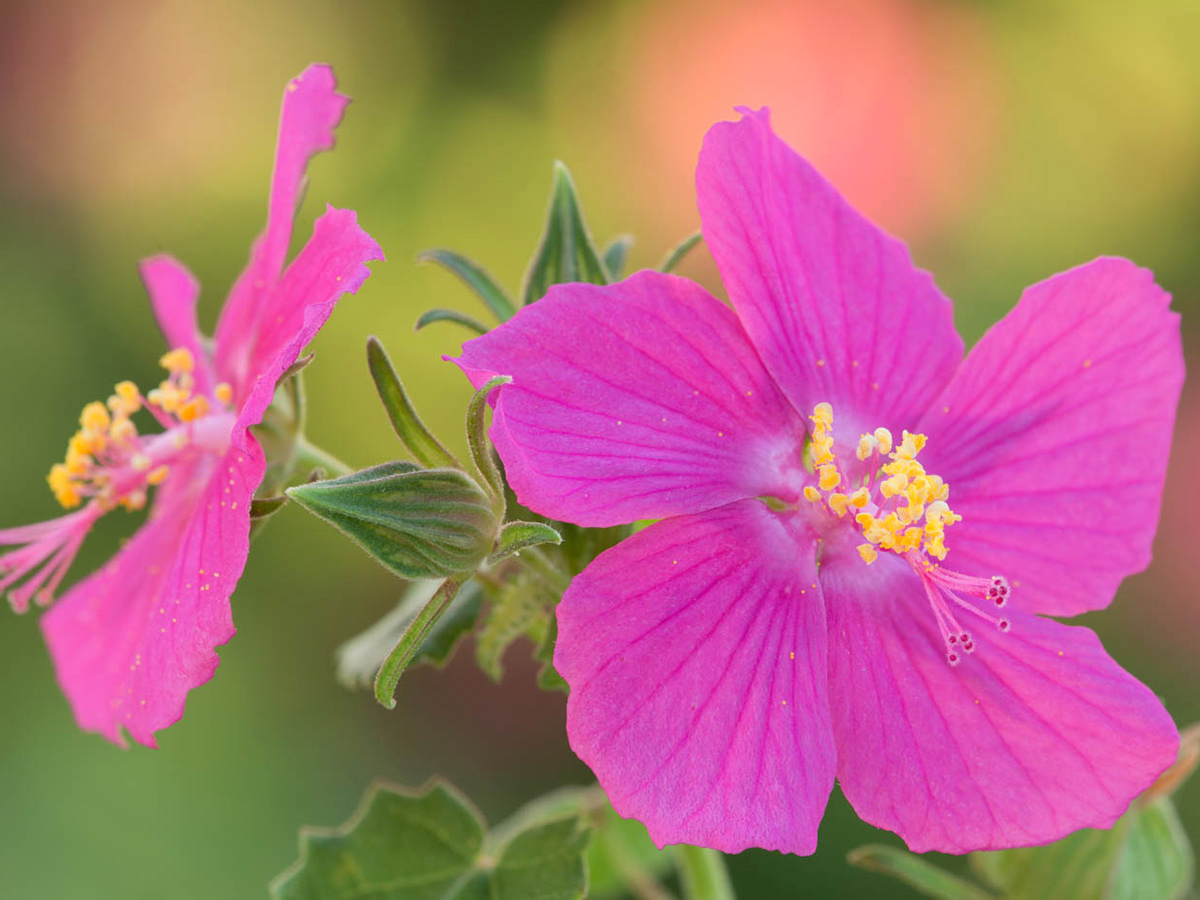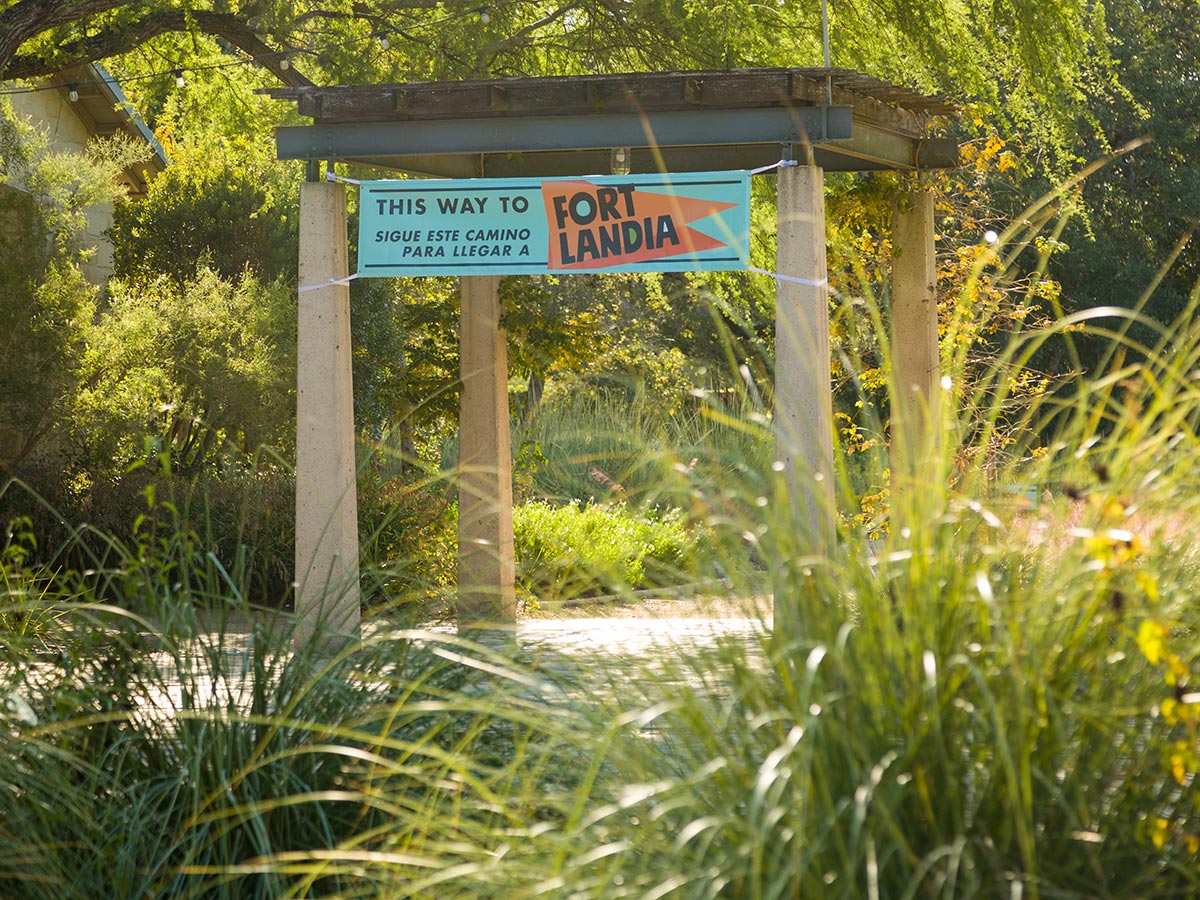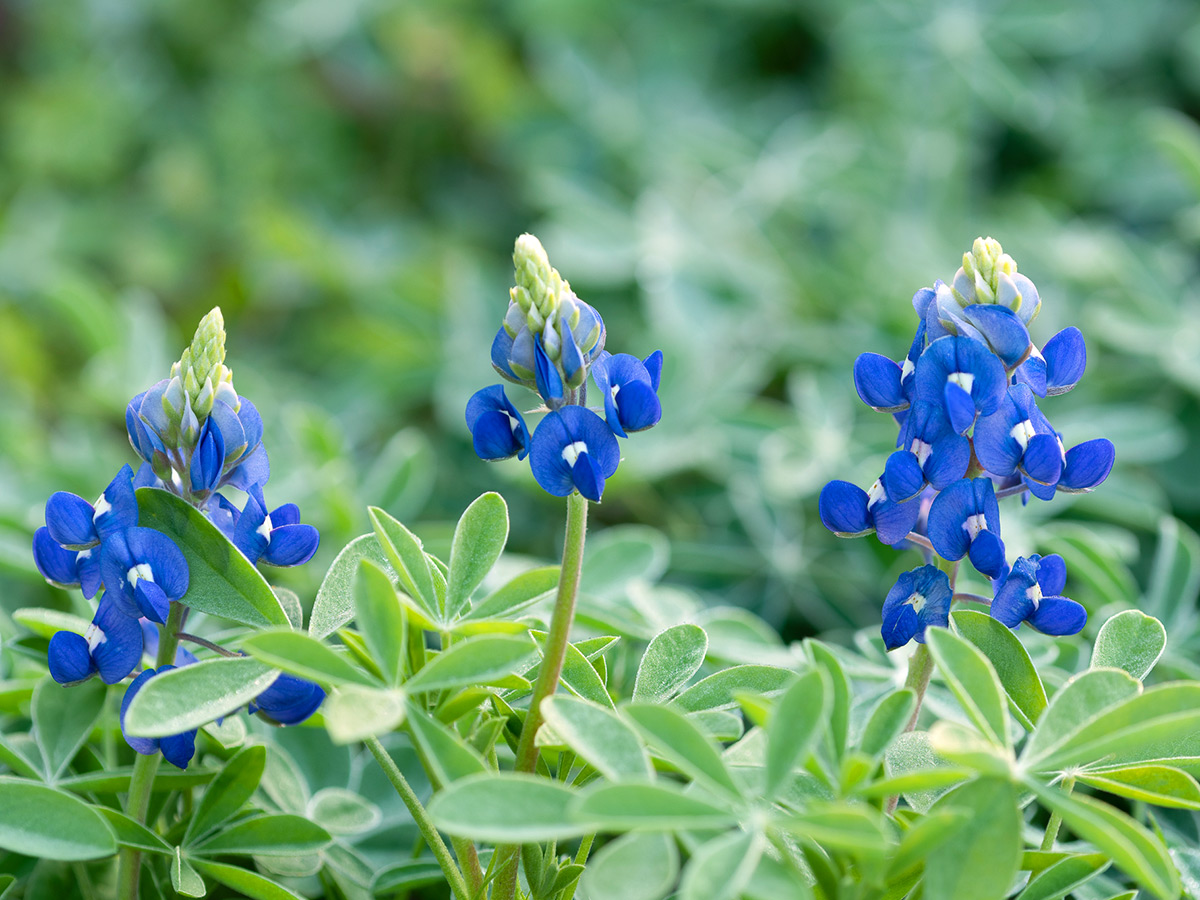PRESSROOM
Updated Homeowner Website on Sustainable Landscaping Released
A site that teaches everyday citizens the ins and outs of landscape sustainability has taken on a new, more user-friendly look while offering downloadable teaching resources.
Landscape for Life was initially unveiled in 2010 as a homeowner’s tool for adding “greener” approaches to landscaping. It is based on the principles and curriculum of the Sustainable Sites Initiative™ (SITES™) for landscape professionals.
Two of the SITES partners, the U.S. Botanic Garden and the Lady Bird Johnson Wildflower Center of The University of Texas at Austin, have revised Landscape for Life to make the content more practical and easy to navigate for homeowners and gardeners — while preserving the site’s educational focus.
Conventional home landscape practices often work against nature, requiring excessive watering, pesticides and chemical fertilizers. The new website was developed by Wildflower Center Web Manager Philip Hawkins based on content initially developed by Janet Marinelli of Blue Crocus. It includes new educational curriculum developed by the Botanic Garden and Environmental Designer Heather Venhaus, who previously directed SITES.
The website lets users compare these conventional landscape practices to suggested sustainable ones. The site includes detailed steps to take towards sustainable landscape features in terms of a landscape’s soil, water, plants, materials and human health.
For example, a section on plants and wildlife includes comparisons between conventional landscapes with minimal habitat for wildlife and sustainable ones that maximize wildlife potential. The section then links to practical, in-depth information on ways to garden according to what wildlife need: food, water and places to rest.
Landscapes with sustainable features also allow the environment to manage storm water, minimize waste and use organic matter to support healthy vegetation.
Holly Shimizu, executive director of the U.S. Botanic Garden, noted that the revised site will appeal to the public’s growing enthusiasm about the environment and sustainability.
“Even ‘non-plant people’ are noticing invasive plants more. Teachings about the bee crisis are capturing people’s attention, and look at all the people buying organic produce,” said Shimizu. “So the need for Landscape for Life is huge, but I think it’s the receptivity and willingness to entertain the topics that is much bigger than it has been in the past.”
To meet this interest, the U.S. Botanic Garden, the Wildflower Center and other botanic gardens nationally have begun offering Landscape for Life courses. The new site also equips nature centers, master gardeners and others to conduct their own sustainable home gardening classes. The site provides a free teacher’s manual and five downloadable PowerPoint presentations Venhaus developed.
* The terms “partner” and “partnership” as used herein to refer to the Sustainable Sites Initiative shall not refer to a legal partnership, joint venture or other transaction or creation of other legal entity, but rather it shall refer to a collaborative effort between independent autonomous legal entities.

